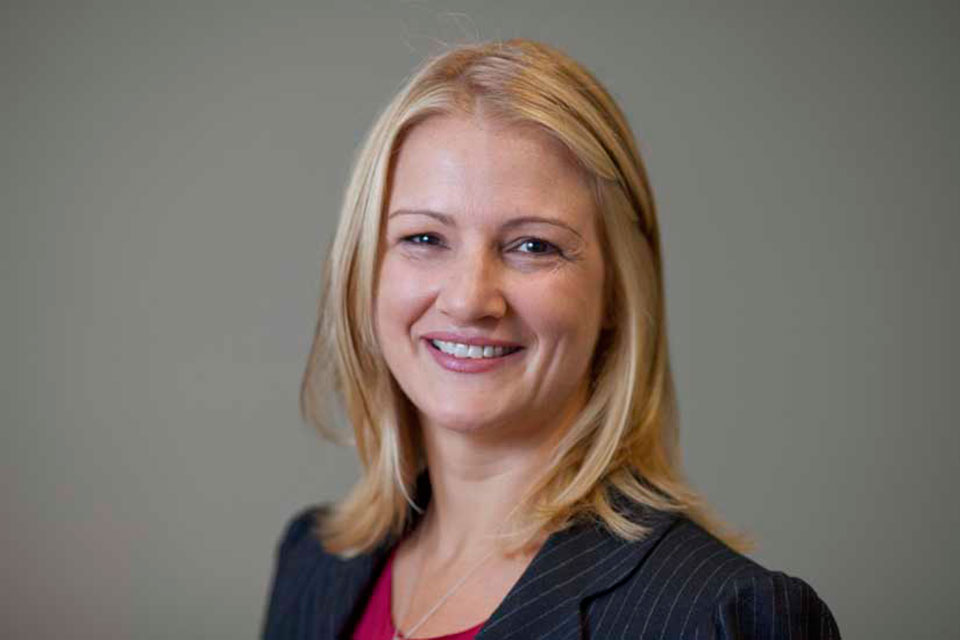5 Steps to optimise your energy

Arianna Huffington was at her work desk checking email and making calls when she collapsed. She passed out and woke up with a broken cheekbone in a pool of blood. Her belief that led to this event was that burnout was the price for success. It wasn’t until she quit her working around-the-clock habit and prioritised daily self-care that Thrive Global and success followed.
Most of us know that our physical health and wellbeing foundations include regular movement, nourishing nutrition, and nurturing sleep. However, too often we let ‘life’ get in the way of living with wellbeing. But the reality is that if you keep drawing on your energy without refuelling or recharging, your system will keep slowing down until you eventually come to a stop.
We know you know this stuff, but many of us are not doing it, or fallen off the healthy wagon.
So, let’s take a look at how we can improve our relationship with our energy and wellbeing:
- Manage your energy, not your time
Many of us approach our energy like a time equation. We often start with the tasks that need to be done, burning energy in urgency, busyness and distractions that take you away from what’s important. Optimising your energy means flipping this equation. Prioritising your energy to first do what is important, focus on the things that you want to do, and to do them at a time when you want to do them. These activities usually give us energy. - Plan for and success
Most of us are familiar with fitness-oriented new year goals that start with a burst of energy and then fizzle out within weeks. These aspirations often miss the key ingredients to sustain action and momentum. Try thinking about how to best boost your energy and wellbeing, the way you would if it was a business problem to solve. What strategy, structure, supports and accountability do you need to put in place for success? - Boundary Management
Trying to do too much? You have a finite amount of energy and time each day, so you need to balance it across the things that matter. When priorities work well, they help you stay focused. Priorities need to be supported by boundaries, which are the specific choices you make about what you will do, but also what you won’t do. Be deliberate. What are your non-negotiables? What will you be flexible with? - Healthy habit stacking
Healthy habits are good for you mentally, physically, and socially. They give you energy. Habit stacking is pretty much exactly what it sounds like. It’s about making it easy to create new, healthy habits by stacking them on habits you already have. It will look something like this: “After I do this, I will do that.”
After I turn my alarm off in the morning, I will drink a glass of water. After I get out of bed, I will go for a walk around the park.A habit is most successful when it includes short-term incentives, built in support, and provide a long-term pay-off.
- Remove friction
Think of your willpower as a muscle. It tires with use and depletes over time. Decision fatigue is an energy depletion that makes it difficult for us to resist distractions and temptations, but we can design our environment to energise rather than exhaust us. Mark Zuckerberg wears a grey t-shirt and jeans everyday so that he doesn’t waste energy deciding what to wear.Healthy supports and systems switch us out of effort and into ease. Shifting from effort to ease is about reducing overload in your daily decisions and automating or outsourcing low value tasks. Things like investing in a cleaner for your house, outsourcing the ironing of shirts, or engaging a professional to do your tax.
By making a few simple changes you can boost your energy levels and reduce the busyness energy drain. Balanced support and investment across our emotional, mental, and physical health will sustain us.
Optimising our energy helps us last the distance. It enables us to do everything that is important in our lives, to perform well and be at our best.
Written by Fleur Heazlewood.
# Why Flexibility is the Key Component to Hybrid Work Environments by Jason Palmer.
# Improving Women’s Economic Participation with New Crowdsourcing Models by Tracy Garley.
# Transforming an Industry with Innovation by Kevin Leahy.
# Bottom-Up? Top-Down? Is There No Better Way to Lead Change?
# Disrupt your planning before your business gets disrupted.
Bring the best of the CEOWORLD magazine's global journalism to audiences in the United States and around the world. - Add CEOWORLD magazine to your Google News feed.
Follow CEOWORLD magazine headlines on: Google News, LinkedIn, Twitter, and Facebook.
Copyright 2025 The CEOWORLD magazine. All rights reserved. This material (and any extract from it) must not be copied, redistributed or placed on any website, without CEOWORLD magazine' prior written consent. For media queries, please contact: info@ceoworld.biz








